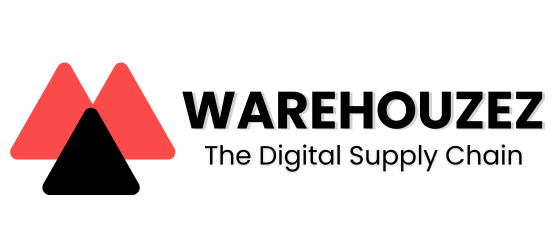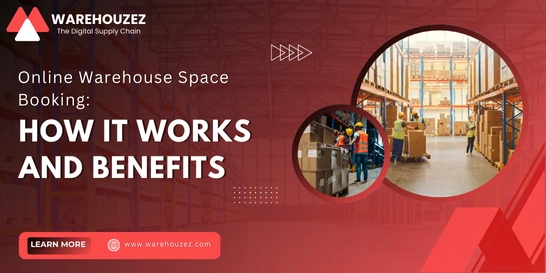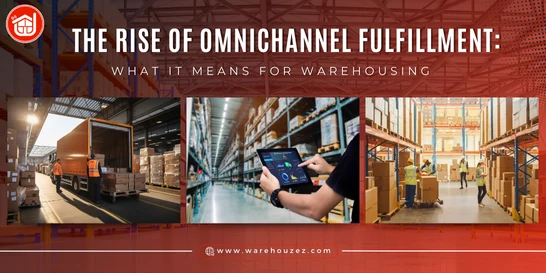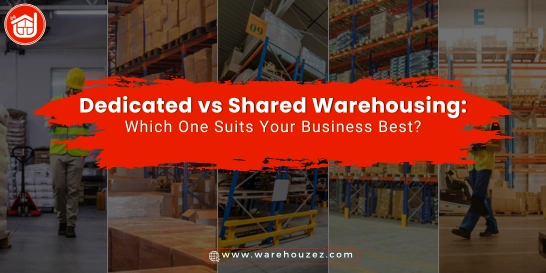How to Optimize Supply Chain Management for E-commerce Success
How to Optimize Supply Chain Management for E-commerce Success
The success of online product-based businesses relies on effective e-commerce supply chain management. The moment an order is placed, it is important to keep track of what's in stock. Then, the items should be accurately picked, packed, and shipped to the customers. From sourcing to delivering products, every step is crucial for ensuring customer satisfaction. Streamlining supply chain processes helps minimize costs, meet consumer demands, and maintain a competitive edge.
This blog post will explore strategies to optimize supply chain management for e-commerce success. So, join us as we uncover the secrets to the success of your online business!
What is E-commerce Supply Chain Management (SCM)?
E-commerce supply chain management refers to the coordination and execution of processes involved in getting products from suppliers to customers. It includes sourcing, procurement, production, storage, shipping, and order fulfillment. The key stakeholders in this system are manufacturers, suppliers, wholesalers, retailers, 3PL service providers, and customers.
It is important to manage all these SCM processes and stakeholders efficiently. It ensures timely delivery of products to customers, increasing their satisfaction and retention. It helps minimize costs related to inventory holding, transportation, and warehousing.
To optimize supply chains, online businesses can use several strategies and tips. These include accurate inventory management to reduce stockouts and overstocks. Another strategy is e-commerce warehouse optimization. This improves storage, retrieval, picking, and packing processes. Plus, online businesses can consider outsourcing their e-commerce fulfillment operations to experts. This will help them focus on core competencies, expedite delivery times, and reduce errors. By focusing on these aspects, online businesses can enhance their competitiveness in the online marketplace.
Steps in E-Commerce Supply Chain
E-commerce supply chains encompass a series of steps to ensure the smooth flow of products from suppliers to shoppers. Let's take a closer look at these steps and stages:
Sourcing and Procurement: Sourcing and procurement are the initial steps in the supply chain. Sourcing involves finding reliable suppliers for raw materials. Procurement is the process of purchasing these materials/products from the selected suppliers. This includes negotiating contracts, managing supplier relationships, and ensuring the timely delivery of goods.
Production: Manufacturing and production are the processes where raw materials are transformed into final products. This includes production planning, scheduling, and quality control. Proper production processes meet consumer demand while minimizing costs and maintaining product quality.
Warehousing and Inventory Management: E-commerce warehousing involves storing products in an e-commerce warehouse. Within this facility, several tasks take place, like storage, inventory management, picking, and packing. Inventory management involves overseeing product locations, movement, and storage to ensure optimal stock levels.
Order Picking, Packing, and Processing: Picking is the process of selecting items from storage to fulfill customer orders. Then selected items are prepared for the shipment and packed securely. Order processing includes verifying orders, updating inventory records, and preparing orders for shipping. Efficient picking, packing, and order processing ensure accurate and timely fulfillment of customer orders.
Distribution and Transportation: Distribution entails the movement of goods from warehouses to distribution centers or to end-customers. Transportation includes route planning, carrier selection, and shipment tracking. Both distribution and transportation ensure timely delivery of products to customers while minimizing shipping expenses.
Reverse Logistics: This is the final stage in the e-commerce supply chain process that deals with effective returns management. Reverse logistics entails the flow of goods from customers back to the warehouse or supplier. It handles product returns, refunds, or exchanges. Plus, it includes inspecting returned items, restocking inventory, and resolving customer complaints. Proper returns and reverse logistics processes are crucial for maintaining customer trust and minimizing losses.
Strategies and Tips for Optimizing E-commerce Supply Chain Management
Let's take a quick look at the strategies and tips for streamlining e-commerce supply chain management:
Implementing an Inventory Management System (IMS): An inventory management system can help monitor product movements, track stock levels, and optimize replenishment. By implementing an efficient inventory tracking system, online businesses can avoid stockouts and overstocks.
Optimizing Warehouse Layout: Optimizing the layout of the e-commerce warehouse involves arranging storage areas and shelves in a proper manner. This helps maximize space utilization and facilitate the smooth movement of goods. This can also minimize picking and packing times, reduce errors, and improve overall warehouse productivity.
Improving Supply Chain Visibility with RFID Tracking: RFID technology enables real-time tracking of stock levels throughout the supply chain. With RFID tags on products, businesses can gain visibility into inventory levels, product location tracking, and movement history. This leads to improved inventory management and supply chain transparency.
Partnering with a 3PL Service Provider: Collaborating with a 3PL company can give access to expertise, infrastructure, technology, and resources. They manage several aspects of the supply chain, such as e-commerce warehousing, transportation, and order fulfillment. A reliable 3PL partner can help online businesses scale operations, reduce costs, and improve service levels.
Utilizing E-Commerce Fulfillment Warehouse: An e-commerce fulfillment warehouse is a specialized facility that handles the storage, picking, packing, and shipping of online orders. By using these facilities, businesses can benefit from faster order processing, reduced shipping costs. They can also enter new markets and expand their geographical reach.
Streamlining Inbound and Outbound Logistics: Online businesses should work on improving their inbound and outbound logistics processes. This can help them reduce lead times, minimize transportation costs, and increase customer satisfaction. Inbound logistics involves optimizing the process of receiving, inspecting, and storing incoming shipments from suppliers. Similarly, optimizing outbound logistics focuses on accurate order fulfillment, packaging, and shipping to customers.
Benefits of Effective E-Commerce Supply Chain Management
The benefits of effective supply chain management are countless, both for online businesses and customers. Let's tap into these benefits:
For Businesses
- Cost savings
- Enhanced customer satisfaction and retention
- Improved operational efficiency and productivity
- Scalability and ability to handle higher order volumes
- Streamlined processes and reduced lead times
For Customers
- Accurate order fulfillment and fewer errors
- Better communication and transparency throughout the ordering process
- Easy returns and hassle-free reverse logistics
- Enhanced overall shopping experience
- Improved customer service and support
Key Takeaways
Optimizing e-commerce supply chain management is indeed important for the success of online businesses. To streamline their supply chains, online businesses can implement a number of strategies and tips. However, the most important ones are partnering with reliable 3PL service providers and utilizing the latest technologies. 3PLs specialize in e-commerce warehousing services for prompt order fulfillment. Thus, businesses can enhance customer satisfaction and operational efficiency while gaining a competitive edge. With well-optimized supply chains, e-commerce stores can thrive in the ever-evolving world of online retail.



